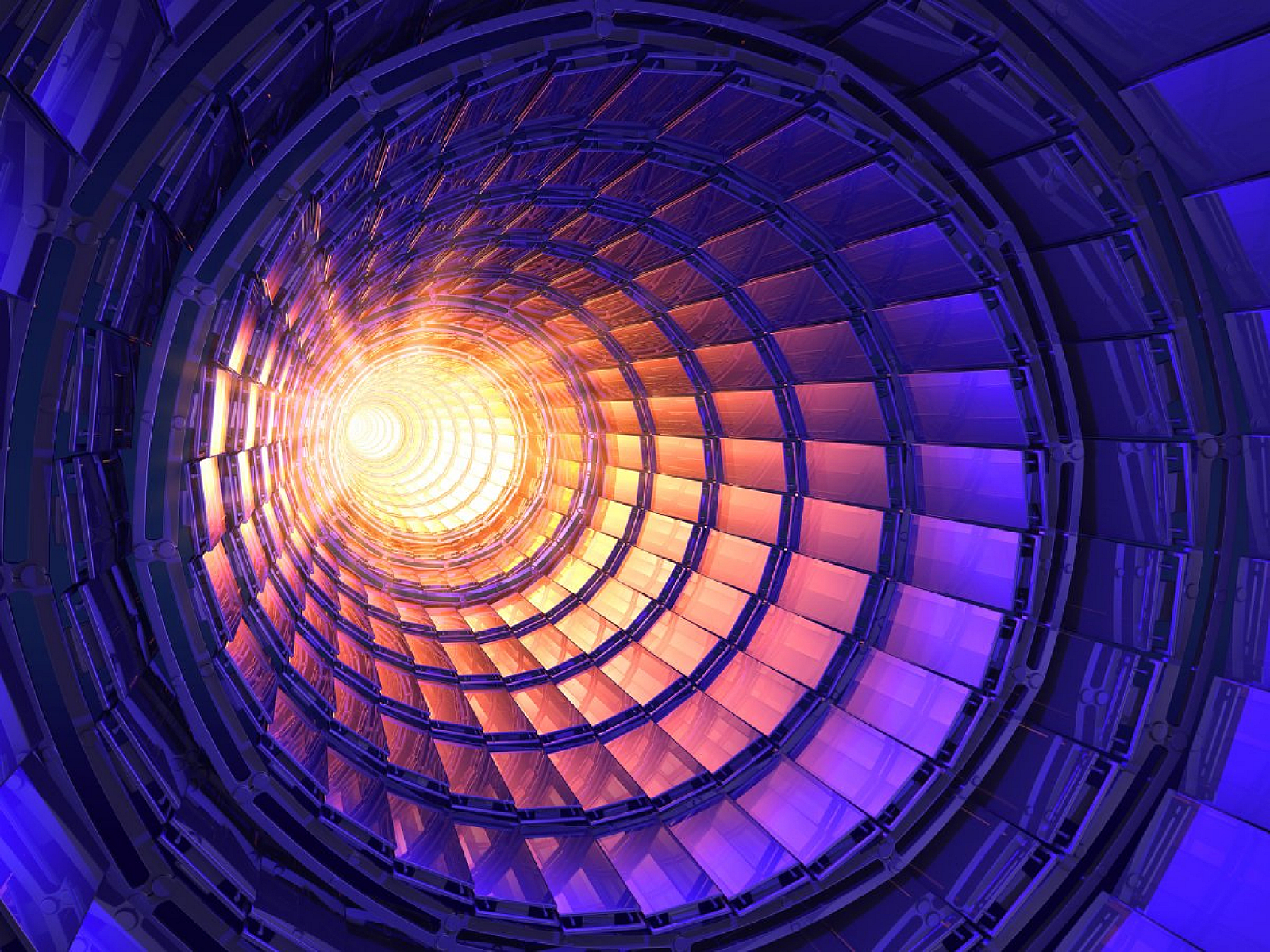Crossing Waters, Touching Eternity

When I became a Theravada Buddhist monk in Sri Lanka, I never imagined the journey that would unfold before me. The call of ancient wisdom and the desire to walk in the footsteps of the Buddha led me to set out across the waters separating Sri Lanka from the vast subcontinent of India. The boat rocked gently beneath me as I watched the horizon shift, my heart full of anticipation for the sacred lands ahead. My first destination was the Bodhi tree in Bodh Gaya, a small town in the Indian state of Bihar. This was no ordinary tree—it was under this very canopy that the Buddha attained enlightenment, breaking the chains of ignorance and suffering for all sentient beings. The air around the tree hummed with a quiet power, as pilgrims from every corner of the world sat in silent meditation, seeking their own glimpses of awakening. I joined them, feeling the weight of centuries of devotion settle around me. The nearby monasteries echoed with the soft chantin...




